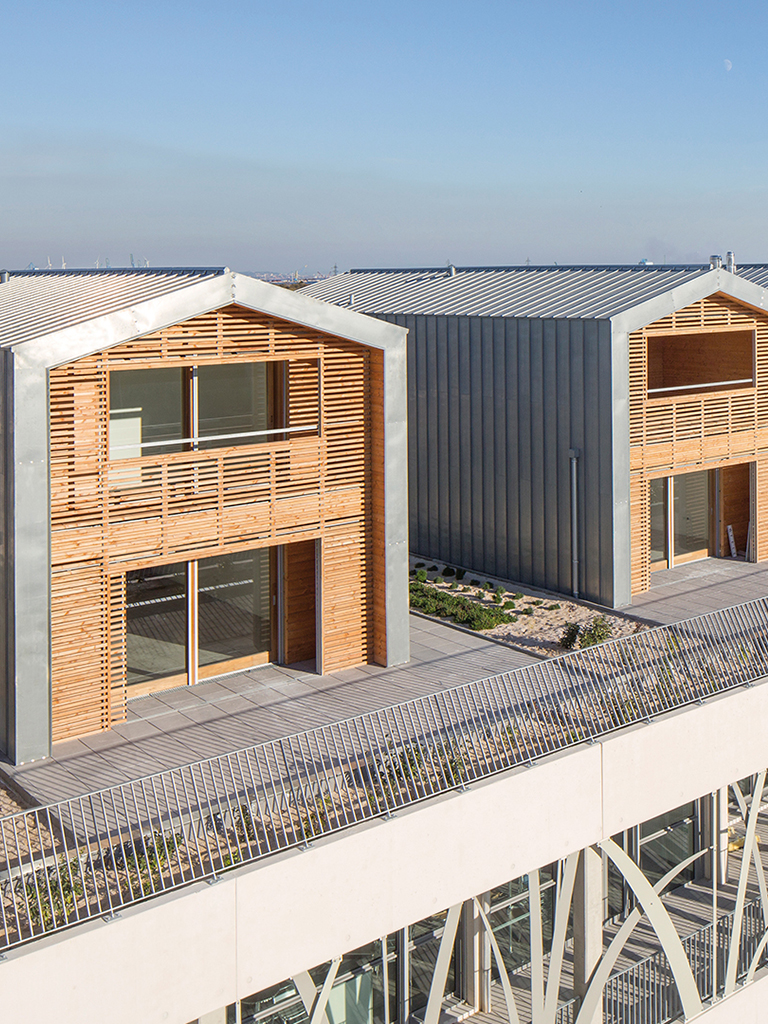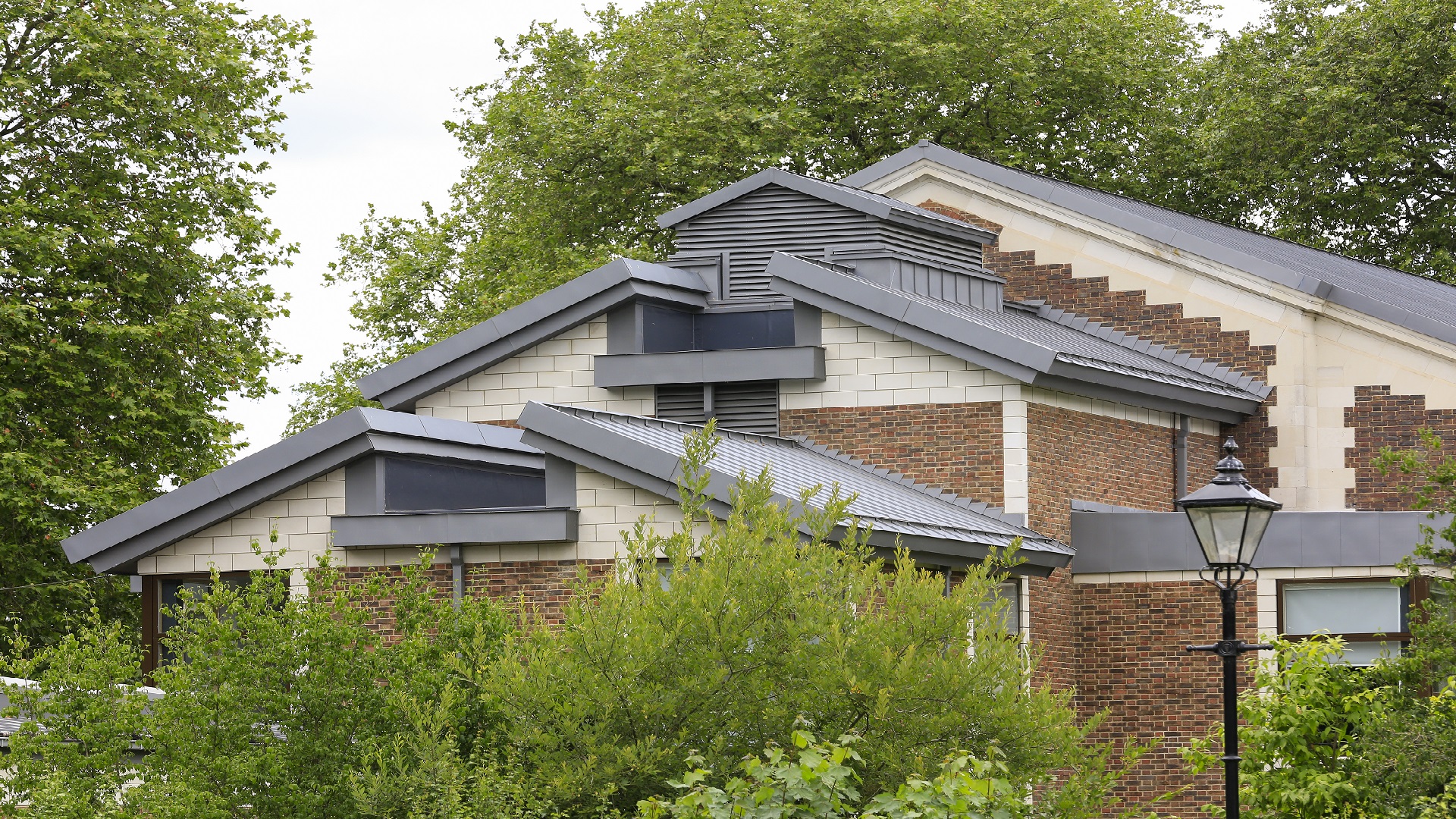Solar reflection index
The Solar Reflection Index (SRI) is a parameter that indicates the capacity of a material to reflect solar heat and featuring a minimal rise in temperature when exposed to sunlight.

The Solar Reflection Index of a material is a value between 0 and 1:
- A value of 0 corresponds to that of a black reference material (not very reflective and capable of emitting absorbed heat) that demonstrates a 50°C increase in temperature in bright sunlight.
- A value of 100 corresponds to that of a white reference material (highly reflective even if it is also capable of emitting what little heat it has stored) that demonstrates an 8°C increase in temperature in bright sunlight.
Through their aptitude to reflect solar heat and emit the heat absorbed, building products used in building envelope applications can contribute:
- to reducing air conditioning requirements in regions with hot sunny climates,
- to reducing the effect of urban heat* islands in these regions.
* “Designates local increases in temperature, especially maximum daytime and night time temperatures recorded in urban areas compared to neighbouring rural or wooded areas or compared to average regional temperatures”
VMZINC natural rolled zinc features a Solar Reflection Index higher than 30. This value enables it to meet the requirements of the LEED system.
If you would like to know the SRIs of other VMZINC surface aspects, please contact your VMZINC Specification Manager.
Durability
Rolled zinc products in building applications have a very long life due to the self-protecting property of zinc. Over the last decades, the life expectancy of rolled zinc has increased. There are numerous examples of rolled zinc roofing installed in various environments over 100 years ago that remain functional today.
Management of Rainwater Systems
As well as the half round rainwater system VMZINC offers a wide range of other gutter shapes and sizes that offers scope for use with buildings of varying style and function.

